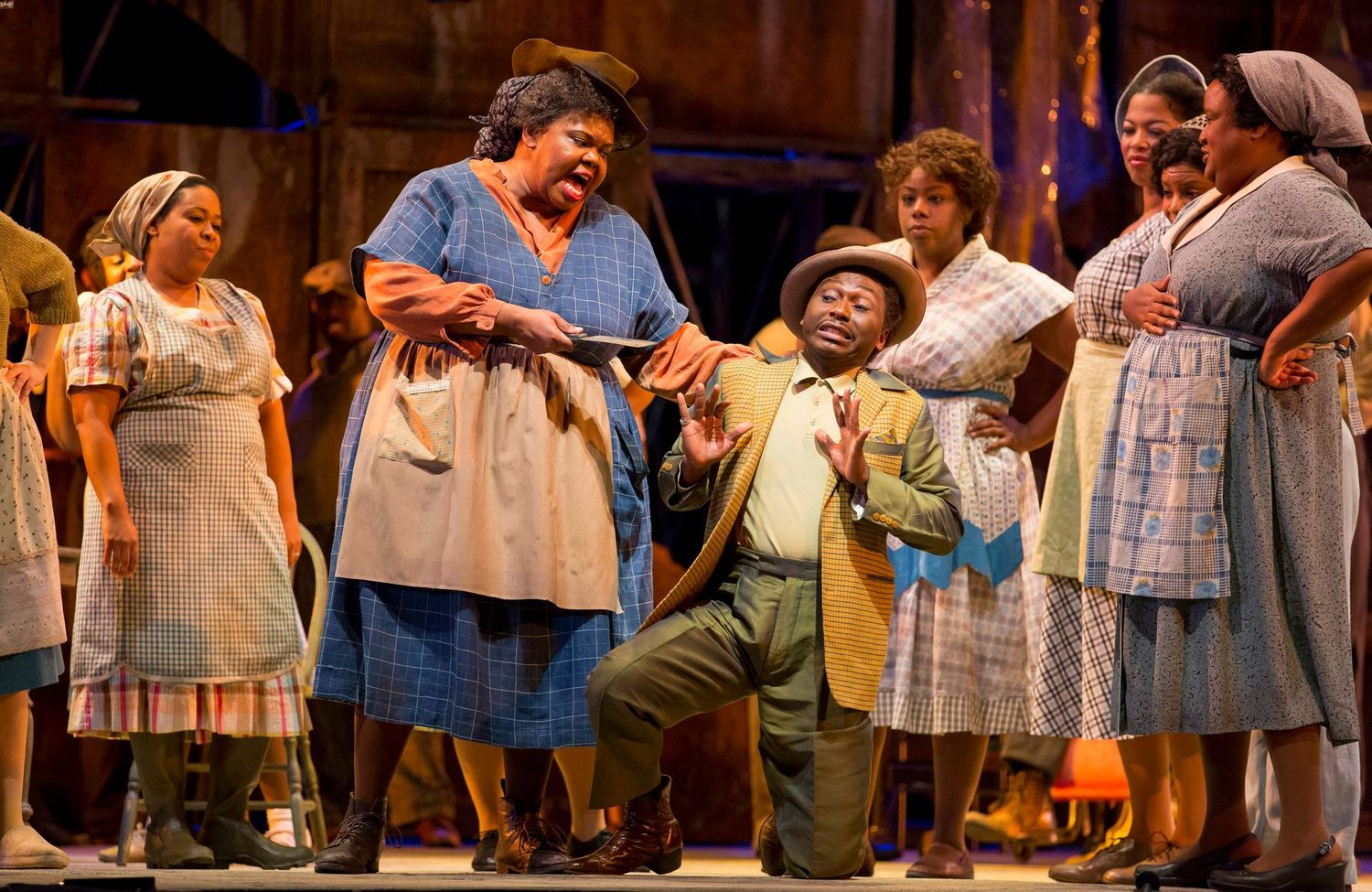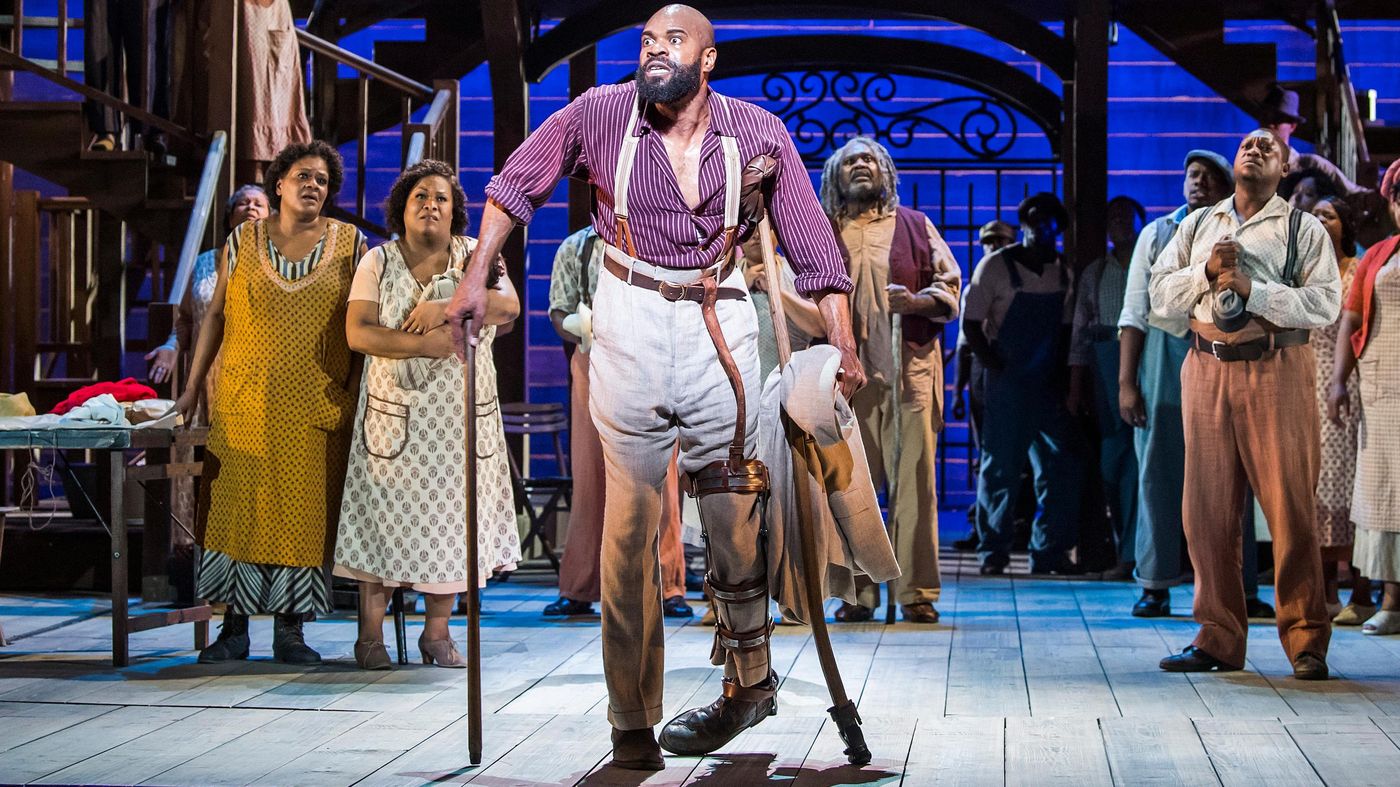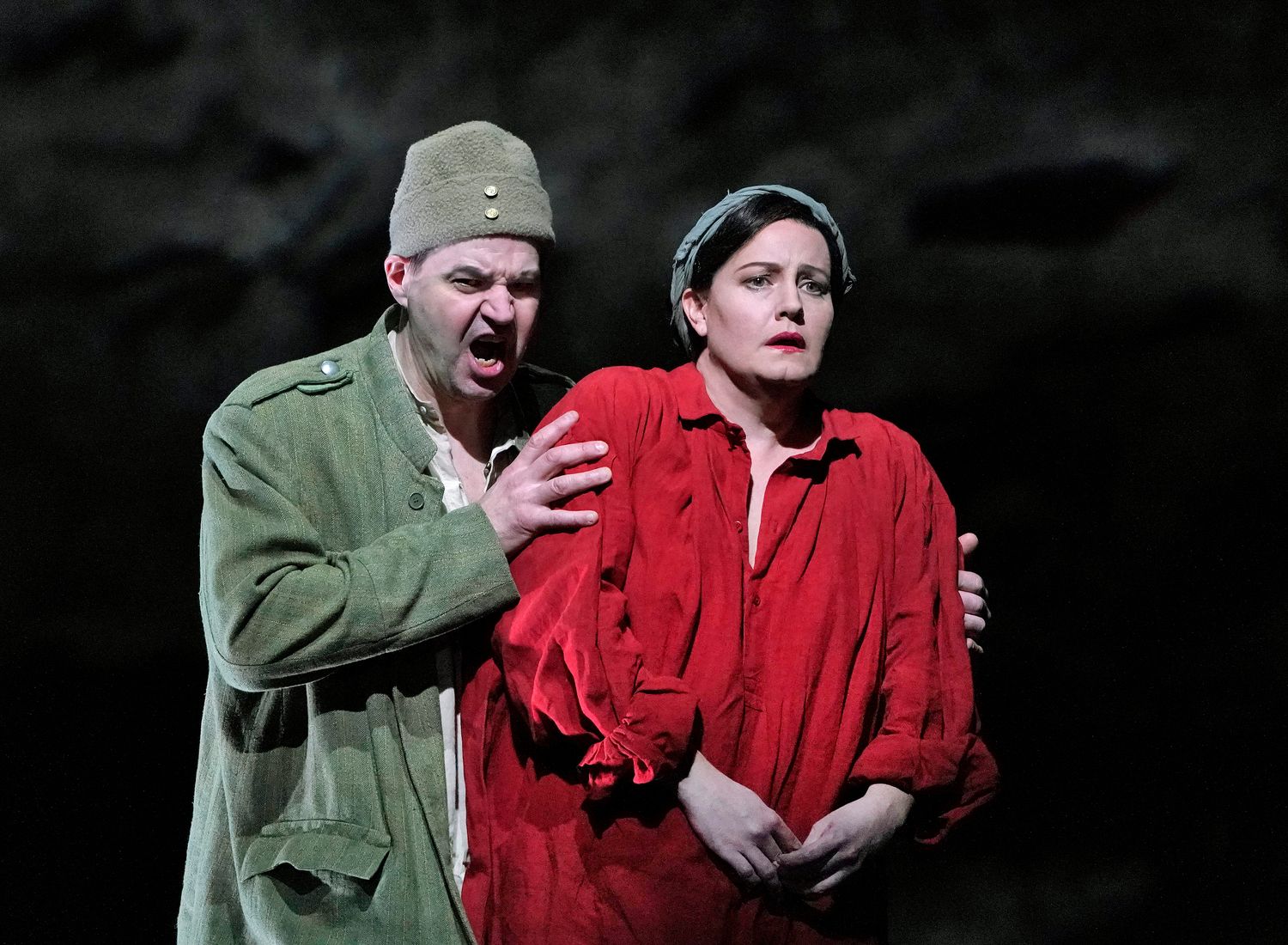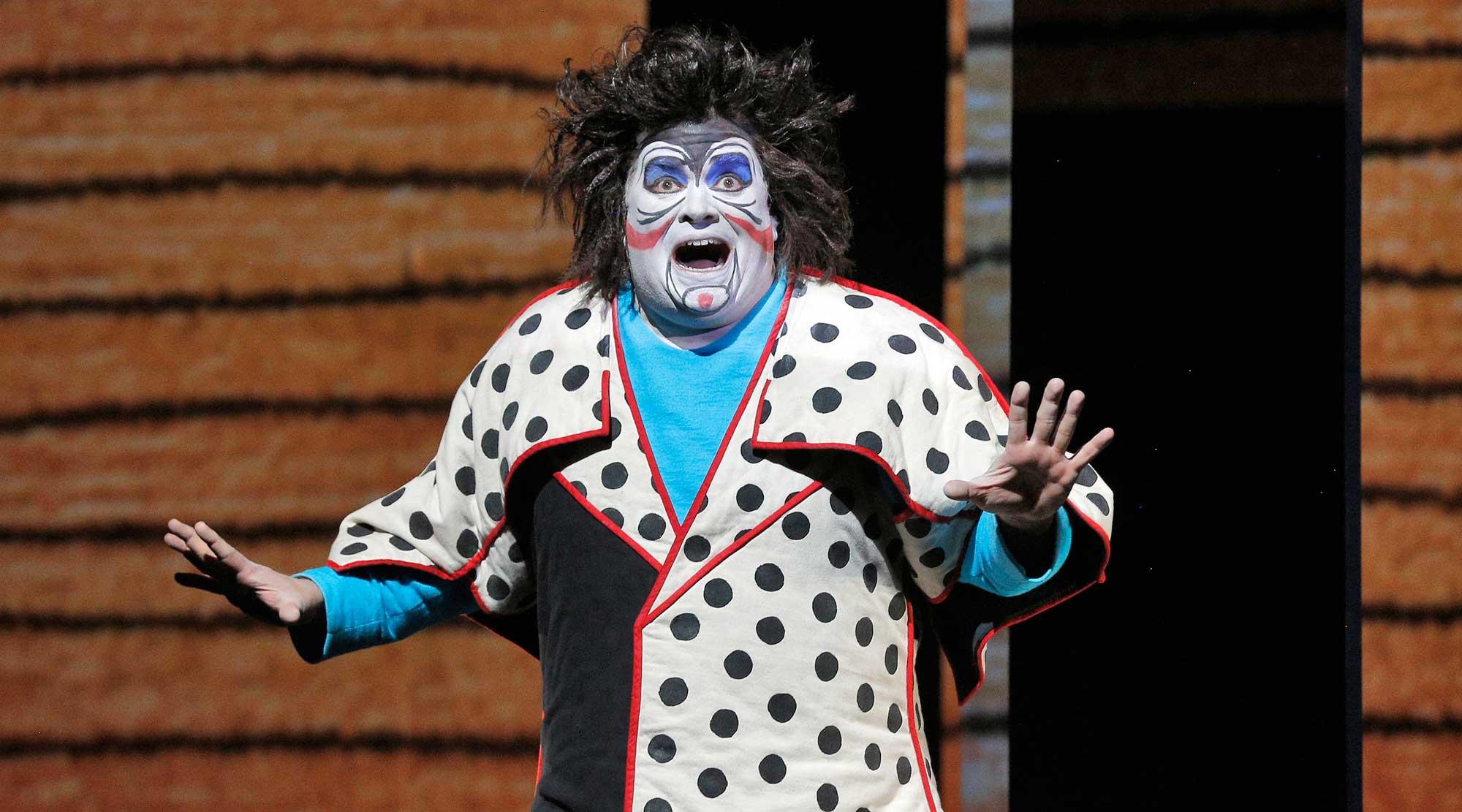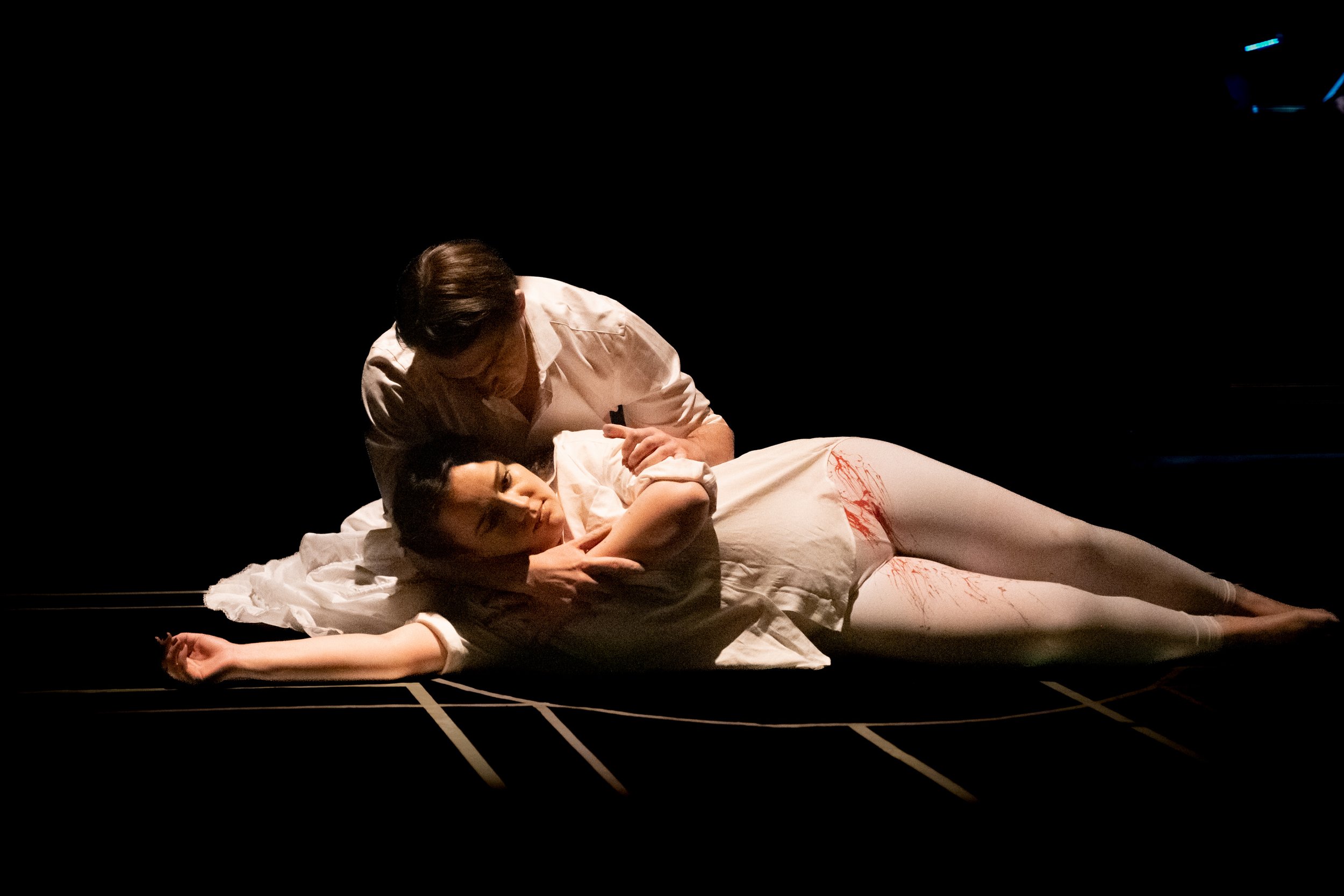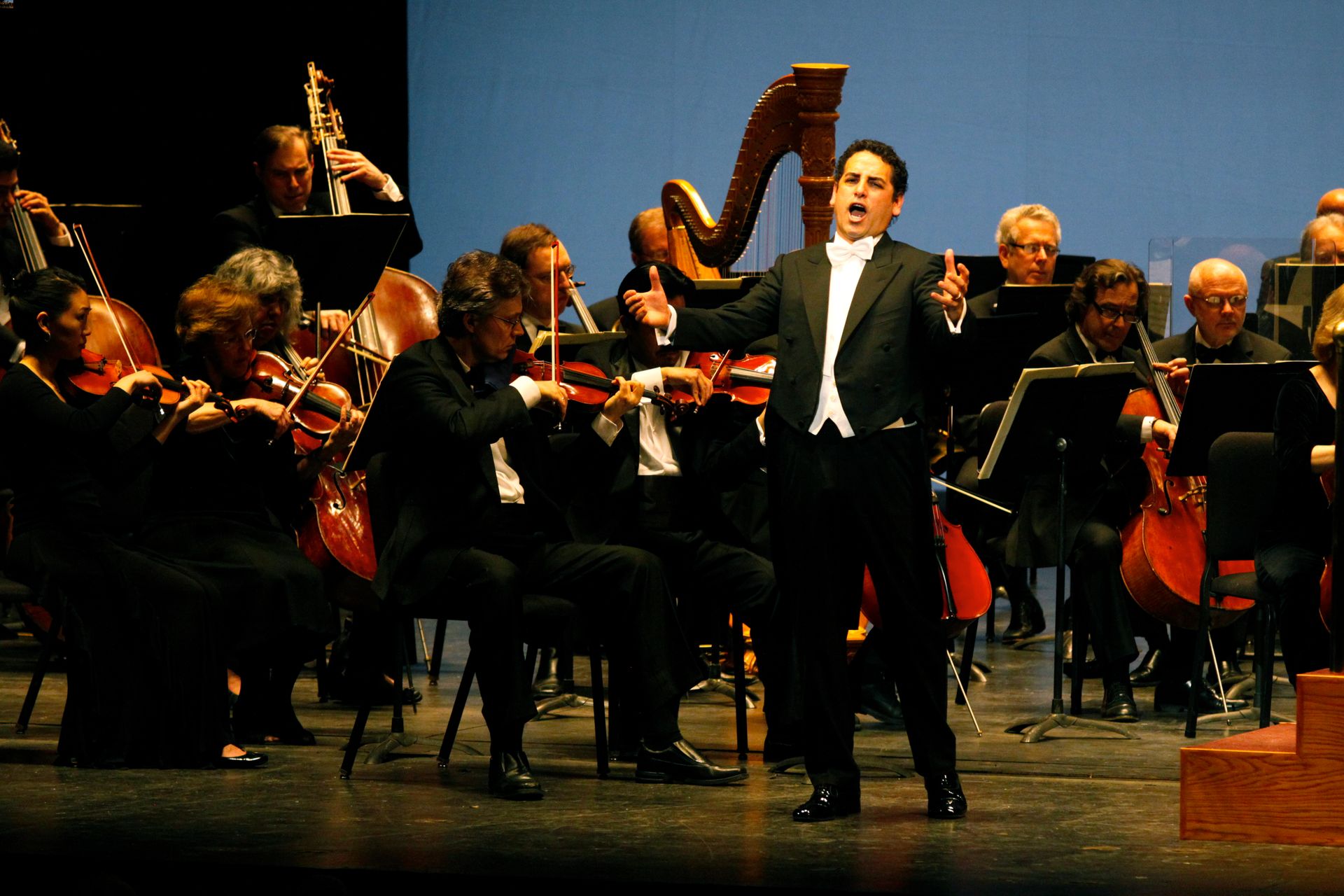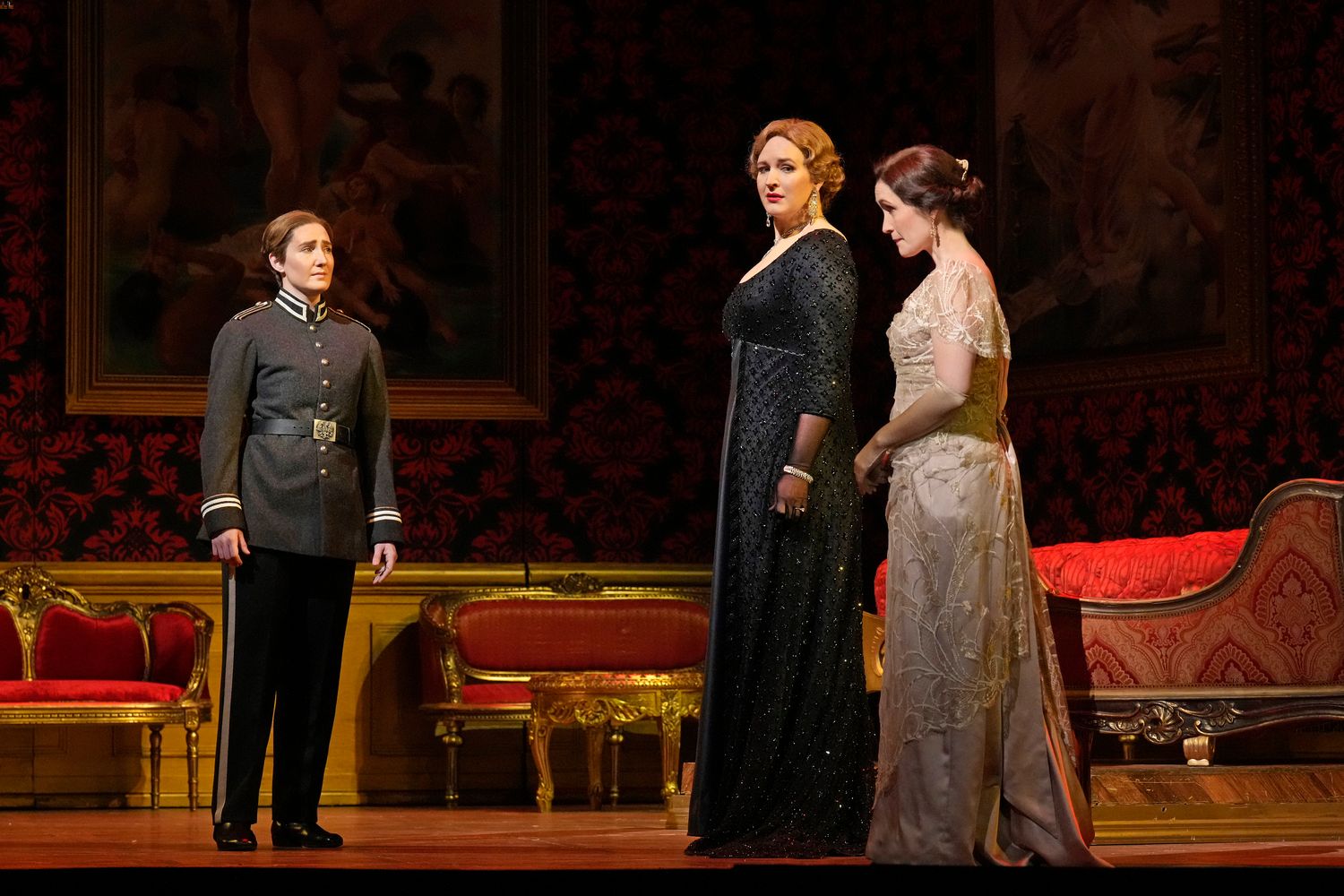Home>Events & Info>Opera>The 1625 Opera “La Liberazione Di Ruggiero” Marked Which Milestone?
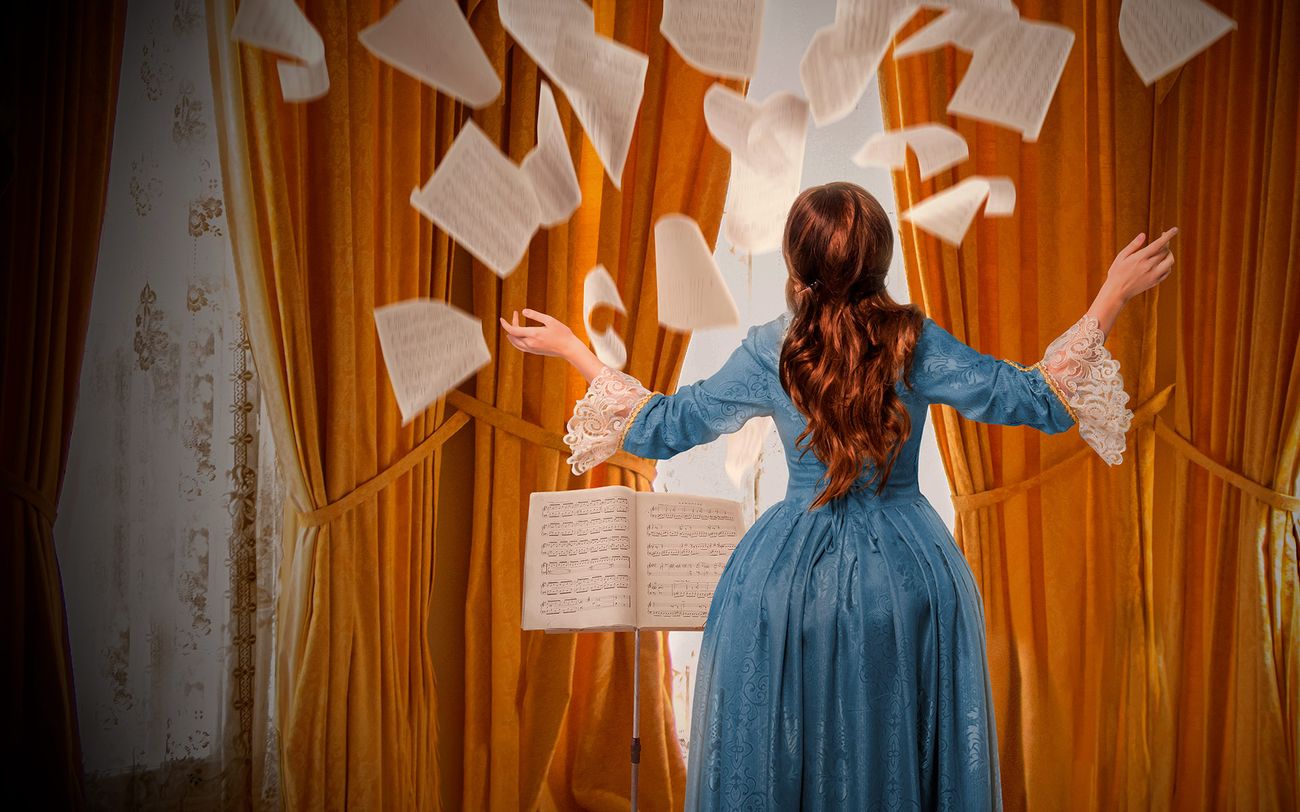

Opera
The 1625 Opera “La Liberazione Di Ruggiero” Marked Which Milestone?
Published: January 5, 2024
Discover the landmark achievement of the 1625 opera "La Liberazione Di Ruggiero" and its impact on the world of Opera.
(Many of the links in this article redirect to a specific reviewed product. Your purchase of these products through affiliate links helps to generate commission for AudioLover.com, at no extra cost. Learn more)
Table of Contents
Introduction
Welcome to the world of opera, where music, storytelling, and theatrical performances come together to create something truly magical. Opera has a rich and storied history, with countless masterpieces that have left a lasting impact on the world of performing arts. One such milestone in opera history is the 1625 opera “La Liberazione Di Ruggiero.”
Opera enthusiasts and music historians alike hold “La Liberazione Di Ruggiero” in high regard for several reasons. This landmark opera not only showcases the genius of its composer Francesca Caccini but also marks a significant turning point in the development of the genre.
In this article, we will delve into the background of “La Liberazione Di Ruggiero,” explore the milestone it represents in opera history, and discuss its impact and significance.
So, sit back, relax, and let us take you on a journey to discover the fascinating world of “La Liberazione Di Ruggiero” and its place in the annals of opera.
Background of the 1625 Opera “La Liberazione Di Ruggiero”
To truly appreciate the significance of “La Liberazione Di Ruggiero,” we must first understand its historical context. The opera was composed by Francesca Caccini, an Italian musician and poet, and it premiered in 1625 in Florence, Italy. Caccini, daughter of renowned composer Giulio Caccini, was a talented composer and performer in her own right.
“La Liberazione Di Ruggiero” is based on the epic poem “Orlando Furioso” by Ludovico Ariosto. The story revolves around the adventures of the knight Ruggiero, who becomes entrapped on the enchanted island of Alcina. With the help of the sorceress Melissa, Ruggiero eventually breaks free from Alcina’s spell and is reunited with his beloved, the warrior maiden Bradamante.
What sets “La Liberazione Di Ruggiero” apart from other operas of its time is the fact that it was composed entirely by a woman. During the early 17th century, women composers were a rarity, and their works were often overshadowed by their male counterparts. However, Caccini’s talent and dedication to her craft shone through, earning her a place in the history of opera.
The opera stands as a testament to Caccini’s musical prowess, as she skillfully incorporates elements of both monody and polyphony in her composition. Monody, a type of solo vocal music accompanied by a simple instrumental bass line, was a popular style during the early Baroque period. Caccini’s adept use of monody allows the emotions and drama of the story to be conveyed with clarity and intensity.
Additionally, Caccini’s polyphonic writing, where multiple voices harmonize together, adds richness and complexity to the opera. This combination of monody and polyphony creates a captivating musical tapestry that brings the story of “La Liberazione Di Ruggiero” to life.
Furthermore, it is worth noting that “La Liberazione Di Ruggiero” was not only a musical affair but also a theatrical spectacle. The opera featured elaborate stage designs, stunning costumes, and intricate choreography, heightening the overall visual experience for the audience.
With its compelling story, innovative musical composition, and visual grandeur, “La Liberazione Di Ruggiero” set the stage for the future development of opera, paving the way for new possibilities and pushing the boundaries of what could be achieved in the art form.
The Milestone Marked by “La Liberazione Di Ruggiero”
“La Liberazione Di Ruggiero” marked a significant milestone in the history of opera. This milestone lies in its role as one of the earliest known operas composed by a woman. Francesca Caccini’s composition and the success of the opera challenged the gender norms prevalent during the time and opened doors for future female composers in the field of opera.
During the early 17th century, women were primarily restricted to the roles of performers or patrons in the world of opera. Composing and conducting were areas predominantly inhabited by men. However, with “La Liberazione Di Ruggiero,” Caccini defied societal expectations and showcased her remarkable talent as a composer. Her work in this opera laid the foundation for future generations of female composers, who would continue to push boundaries and make their mark on the opera world.
By composing “La Liberazione Di Ruggiero,” Caccini demonstrated that women were not simply capable of performing music but were also adept at creating and shaping it. This milestone sparked a shift in the perception of women’s role in music, challenging the notion that they were only capable of being passive participants in the artistic process.
Furthermore, “La Liberazione Di Ruggiero” paved the way for other female composers to gain recognition and contribute to the development of opera. Caccini’s success served as an inspiration for generations of female musicians, encouraging them to pursue their creative ambitions and break through the barriers of gender inequality.
The groundbreaking nature of “La Liberazione Di Ruggiero” also extended beyond gender representation. The opera showcased a new style and approach to composition, blending monody and polyphony in innovative ways. This fusion of musical elements and Caccini’s experimentation with vocal techniques added depth and emotional resonance to the storytelling.
Furthermore, “La Liberazione Di Ruggiero” marked a departure from the traditional focus on mythological or historical subjects in opera. Instead, it embraced a fantastical narrative, drawing from “Orlando Furioso” and introducing audiences to a world of enchantment, sorcery, and heroic love.
In summary, “La Liberazione Di Ruggiero” marked a milestone in opera history by being one of the earliest known operas composed by a woman. It challenged gender norms, opened doors for future female composers, and showcased a new style of composition. Its impact reverberated through the centuries, leaving a lasting legacy in the world of opera and inspiring countless musicians to push boundaries and pursue their creative visions.
Impact and Significance of the Opera
The impact and significance of “La Liberazione Di Ruggiero” extend far beyond its historical context. This opera played a pivotal role in shaping the future of the art form, leaving a lasting impression on the world of music and performance. Here are some of the key impacts and the enduring significance of this remarkable opera:
- Advancement of Women in Opera: “La Liberazione Di Ruggiero” served as a catalyst for women in the field of opera. Francesca Caccini’s success challenged gender stereotypes and opened doors for future generations of female composers and performers. Her pioneering work paved the way for other women to break through the barriers and make their mark in the realm of opera.
- Exploration of Musical Styles: Caccini’s composition in “La Liberazione Di Ruggiero” showcased her mastery in blending different musical styles. By integrating elements of monody and polyphony, she expanded the possibilities of musical expression and set the stage for future innovations in opera. The opera’s rich and diverse musical tapestry contributed to its enduring popularity and influenced the development of the genre.
- Emphasis on Dramatic Storytelling: “La Liberazione Di Ruggiero” elevated the importance of dramatic storytelling within opera. Caccini skillfully infused her composition with emotional depth, capturing the essence of the characters and their experiences. This emphasis on the dramatic aspects of the opera enhanced the overall theatrical experience for audiences, setting a precedent for the genre to come.
- Expansion of Opera Themes: With “La Liberazione Di Ruggiero,” Caccini introduced a new theme to the opera repertoire. Rather than relying on mythological or historical subjects, she delved into a fantastical narrative of knights, sorcery, and enchantment. This expansion of themes broadened the creative possibilities in opera, inspiring future composers to explore a wider range of narratives and genres.
- Cultural Legacy: “La Liberazione Di Ruggiero” holds a special place in cultural history, representing the artistic achievements of the early Baroque period. Its enduring significance lies in its ability to captivate audiences and transport them to a world of imagination and emotion. The opera’s themes of love, heroism, and liberation resonate with universal human experiences and continue to captivate audiences across generations.
Through its impact on gender equality, musical innovation, dramatic storytelling, thematic exploration, and cultural legacy, “La Liberazione Di Ruggiero” remains an influential opera that continues to inspire and delight audiences around the world. Its significance lies not only in its historical context but also in its enduring contributions to the evolution of the art form.
Conclusion
“La Liberazione Di Ruggiero” holds a special place in the history of opera. As one of the earliest known operas composed by a woman, Francesca Caccini’s masterpiece marked a significant milestone in the development of the genre and challenged societal norms surrounding gender roles in music.
This opera not only showcased Caccini’s exceptional talents as a composer but also opened doors for future generations of women in the field of opera. It served as an inspiration and a catalyst for breaking through the barriers of gender inequality and paved the way for other female composers to rise to prominence.
Moreover, the innovative musical composition of “La Liberazione Di Ruggiero,” with its skillful blend of monody and polyphony, added depth and emotional resonance to the storytelling. The opera’s exploration of dramatic themes and its departure from traditional mythological or historical subjects expanded the possibilities of opera, inspiring composers to push boundaries and explore new narratives.
The enduring significance of “La Liberazione Di Ruggiero” lies in its impact on the evolution of opera as an art form. It left a lasting impression on the world of music and performance, influencing subsequent generations of opera composers and performers.
Today, “La Liberazione Di Ruggiero” stands not only as a testament to the talent and creativity of Francesca Caccini but also as a symbol of empowerment and progress for women in the arts. Its legacy continues to resonate, reminding us of the importance of breaking gender barriers and embracing diversity in all forms of artistic expression.
As we reflect on the historical and cultural significance of “La Liberazione Di Ruggiero,” we are reminded of the transformative power of music and its ability to transcend boundaries. It serves as a reminder that great art can emerge from unexpected places, and that the contributions of women in the arts should never be underestimated.
So, let us celebrate the brilliance of Francesca Caccini and her groundbreaking opera “La Liberazione Di Ruggiero,” as we continue to strive for a more inclusive and diverse world of opera and music.

